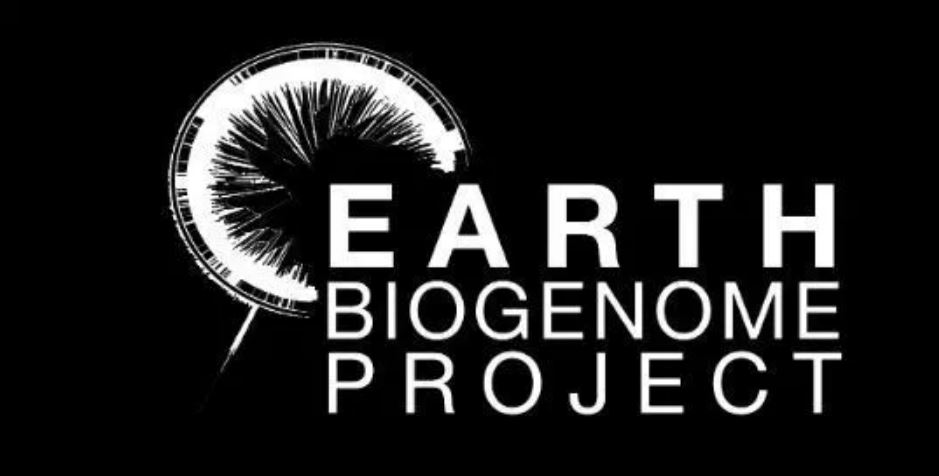Table of Contents
Genome Sequencing Significance in India | CSIR | UPSC – IAS
Genome sequencing is figuring out the order of DNA nucleotides, or bases, in a genome
Significance of Genome Sequencing – Able to study the entire genome sequence will help them understand how the genome as a whole works – how genes work together to direct the growth, development and maintenance of an entire organism. And also Genome sequencing sample of citizens determine unique genetic traits, susceptibility (and resilience) to disease.
CSIR plans Genome Sequencing to map Population Diversity in India
In an indigenous genetic mapping effort, nearly 1,000 rural youth from the length and breadth of India will have their genomes sequenced by the Council of Scientific and Industrial Research (CSIR).
The project aims at – Educating a generation of students on the “usefulness” of genomics. Globally, many countries have undertaken genome sequencing of a sample of their citizens to determine unique genetic traits, susceptibility (and resilience) to disease.
This is the first time that such a large sample of Indians will be recruited for a detailed study. The project is an adjunct to a much larger government led programme, still in the works, to sequence at least 10,000 Indian genomes. Typically, those recruited as part of genome sample collections are representative of the country’s population diversity. In this case, the bulk of them will be college students, both men and women, and pursuing degrees in the life sciences or biology.
- At the very least, the genome sequence will represent a valuable shortcut, helping scientists find genes much more easily and quickly.
- A genome sequence does contain some clues about where genes are, even though scientists are just learning to interpret these clues.
- Finally, genes account for less than 25 percent of the DNA in the genome, and so knowing the entire genome sequence will help scientists study the parts of the genome outside the genes. This includes the regulatory regions that control how genes are turned on an off, as well as long stretches of “nonsense” or “junk” DNA – so called because we don’t yet know what, if anything, it does.
Methodology | CSIR | UPSC – IAS
Genomes will be sequenced based on a blood sample and the scientists plan to hold at least 30 camps covering most States. Every person whose genomes are sequenced will be given a report. The participants would be told if they carry gene variants that make them less responsive to certain classes of medicines. For instance, having a certain gene makes some people less responsive to clopidogrel, a key drug that prevents strokes and heart attack.
- The project would involve the Hyderabad based Centre for Cellular and Molecular Biology (CCMB) and cost 18 crore, with the sequencing to be done at the IGIB and the CCMB.
Frequently Asked Questions | CSIR | UPSC – IAS
What is Genomics ? | UPSC – IAS
Genomics is the scientific study of the genome and the role genes play, individually and collectively, in determining structure, directing growth and development, and controlling biological functions. lt consists of two branches: structural genomics and functional genomics.
What is Structural Genomics ? | UPSC – IAS
The field of structural genomics includes the construction and comparison of various types of genome maps and large-scale DNA sequencing. The Human Genome Project and the Plant Genome Research Program are structural genomic research on a grand scale. ln addition to genome mapping and sequencing. the objective of structural genomics research is gene discovery. localisation and characterisation.
- Structural genomics projects have generated genome maps and complete DNA sequences for many organisms, including crop plants and their pathogens, disease causing bacteria and viruses, yeast, bacteria, the malaria parasite and the mosquito that transmits it, and the microbes we use to produce a wide variety of industrial products.
Because all living organisms share a common heritage and can translate genetic information from many other organisms into biological function, the different genome projects inform each other, and any gene discovered through these projects could have wide applicability in many industrial sectors. Knowing the complete or partial DNA sequences of cenain genes or markers can provide scientists with useful information, even if the precise details of gene function remain unknown.
What is Functional Genomics ? | UPSC – IAS
While sequencing entire genomes, discovering genes and mapping them are remarkable achievements, they represent only the first milestone in the genomics revolution. Gene sequence and mapping data mean little until we determine what those genes do, how they are regulated, and how the activity of one affects others. This field of study, known as functional genomics, enables scientists to navigate the complex structure of the human genome and to make sense of its content. Studies show that mammalian genomes have roughly the same number of genes and, in some case , species less complex than mammals have a higher number of genes.
- It is not, however, the number of genes that is important to our understanding of the various species, but. rather the compositional, functional, chemical and structural differences that dictate differentiation.
Evolutionary analysis is emerging as a critical tool for elucidating the function and interactions of genes within a genome. Molecular evolutionists use comparative genomics techniques and bioinformatics technologies to analyze the number of changes that DNA sequences undergo through the course of evolution. Using this data, scientists can recognise functionally important regions within genes and even construct a molecular timescale of species evolution.












